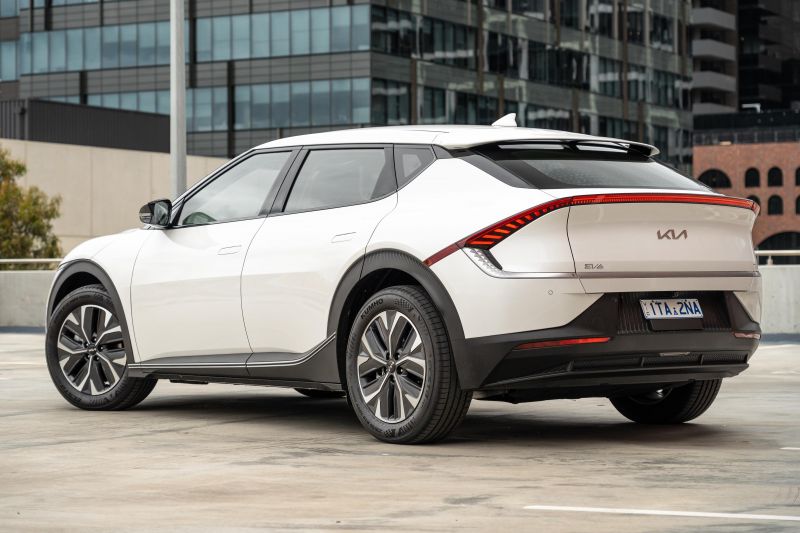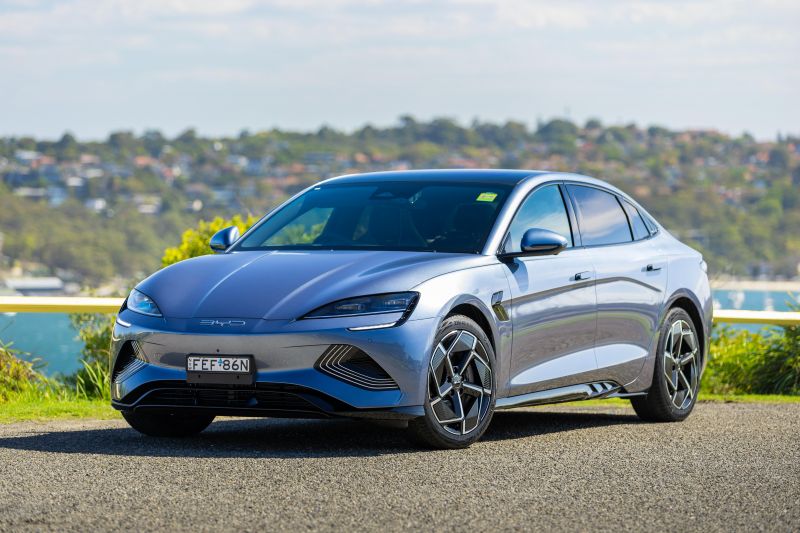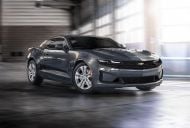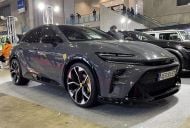The US Government has watered down its electric vehicle (EV) targets, but it still expects them to account for a significant share of the new car market there by next decade. How does this compare with Australia?
New pollution standards from the US Environmental Protection Agency project electric cars will account for between 35 and 56 per cent of new vehicle sales by 2032, down from the 67 per cent target included in a draft rule.
Prior to the last election, the Australian Labor Party said it expected EV sales to be 208 per cent higher than the Morrison Liberal Government’s 2030 projections, which would put EVs at 89 per cent of new vehicle sales in 2030.
But since taking power, the Albanese Labor Government hasn’t set any specific targets for EV adoption, even within its National Electric Vehicle Strategy.
It subsequently detailed proposed emissions regulations earlier this year, aimed at slashing CO2 and encouraging carmakers to bring more efficient vehicles such as EVs here, but again stopped short of announcing any EV targets.
That has left state and territory governments to step up and set targets of their own.
In 2021, Victoria released its Zero Emissions Vehicle Roadmap, which included a target of 50 per cent of light vehicles to be zero-emissions vehicles by 2030.
In 2022, New South Wales released the NSW Electric Vehicle Strategy, intended to increase EV sales to 52 per cent by 2030-31.
Queensland’s Zero Emission Vehicle Strategy 2022-32 also calls for 50 per cent of new passenger vehicle sales to be of zero-emission vehicles by 2030, and 100 per cent by 2036.
Most ambitious is the Australian Capital Territory, which under its Zero Emissions Vehicle Strategy 2022-30 says it’s aiming for 80-90 per cent of light vehicle sales there to be zero-emissions vehicles by 2030.
Other states like Tasmania haven’t set targets for the wider new car market, but have set targets for their own government fleets.
A 2019 report from the Federal Department of Infrastructure, Transport, Cities and Regional Development found electric cars’ share of new vehicle sales would reach eight per cent by 2025 and 27 per cent by 2030.
Put together by the previous Morrison Liberal Government and naturally not taking into account subsequent developments like the proposed emissions regulations, this report’s 2025 target is already looking conservative.
Last year, EVs took 7.2 per cent market share, nearly three times what they had in 2022.
That suggests they could easily exceed that eight per cent figure if these trends continue, though we’ve seen EV demand cool in markets like the US.






